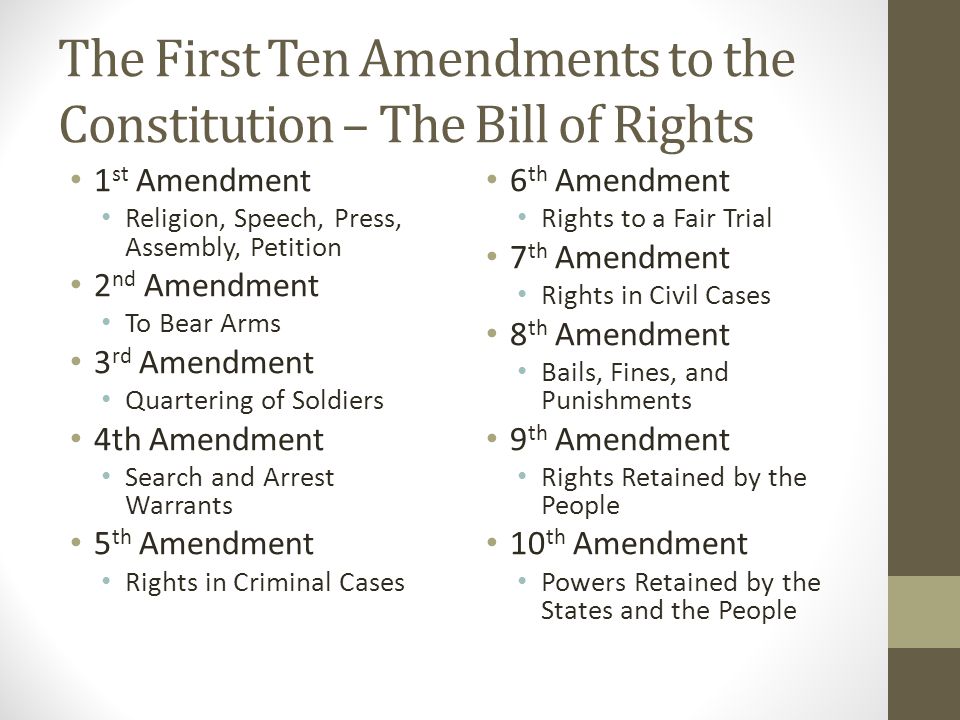Essential Concepts of US Civics and Constitutional Law
Classified in Law & Jurisprudence
Written on in  English with a size of 5.33 KB
English with a size of 5.33 KB
Foundational Principles of American Government
Understanding the core concepts that define the United States political system:
- Popular Sovereignty: The political power resides within the people.
- Limited Government: No government is all-powerful; it is restricted by law.
- Separation of Powers: A basic principle of the American system of government, dividing authority among three independent branches: legislative, executive, and judicial.
- Checks and Balances: A system where each branch of government can limit the powers of the other branches, ensuring no single branch becomes too dominant.
- Judicial Review: The power of the courts to declare laws passed by Congress or actions taken by the Executive Branch unconstitutional.
- Federalism: Power is divided between the national (federal) government and the state governments.
Historical Roots of Limited Government
- Magna Carta (1215): Introduced the concept of limited government.
- Petition of Right (1628): Established that monarchs needed Parliament's consent to levy new taxes.
- English Bill of Rights (1689): Stipulated that the monarch could not raise taxes or maintain a standing army without the consent of Parliament.
Key Legal Concepts
- Freedom of Religion: The right to practice any religion, or none at all, without government interference.
- Rule of Law: No one is above the law. Everyone, including the government and its leaders, must follow it.
The US Constitution: Supreme Law of the Land
The Constitution serves as the Supreme Law of the Land.
What the Constitution Accomplishes
- It establishes the structure of the government.
- It protects the basic rights of Americans.
- It defines the powers and limits of the government.
The idea of self-government is encapsulated in the opening phrase of the Constitution: "We the People."
Constitutional Amendments and the Bill of Rights
- What is an Amendment? An addition or change to the Constitution.
- How many Amendments are in the Constitution? There are 27 amendments.
- Name of the First 10 Amendments: The Bill of Rights.
- One Right from the First Amendment: Freedom of Religion (or speech, press, assembly, petition).
The Declaration of Independence and US Economy
The Declaration of Independence
The Declaration of Independence announced the independence of the United States from Great Britain.
Unalienable Rights listed in the Declaration:
- Life
- Liberty
- The Pursuit of Happiness
US Economic System
The economic system of the United States is characterized as a market economy and capitalist system.
Structure and Function of the US Government
The Legislative and Executive Branches
- What does a US Senator represent? All people of their state.
- Why do some states have more Representatives in the House? Representation is based on the state's population.
- Who signs bills to become laws? The President.
- Presidential Term Length: 4 years.
- Presidential Succession: If the President and Vice President can no longer serve, the Speaker of the House assumes the presidency.
The Judicial Branch
- What does the Judicial Branch do? It reviews and explains laws, resolves disagreements, and decides if a law violates the Constitution (Judicial Review).
- Highest Court in the US: The Supreme Court.
- How many Justices are on the Supreme Court? 9 Justices.
Federalism: Division of Powers
Powers of the National (Federal) Government
- Print money
- Declare war
- Provide an army and navy
- Regulate interstate commerce
Powers of the State Governments
- Establish schools
- Conduct elections
- Establish local governments
- Ratify amendments to the Constitution
Power of the Federal Government (Example)
One specific power of the federal government is the authority to declare war and print money.
Timeline of Pre-Revolutionary War Acts (1764–1774)
Key events leading up to the American Revolution:
Major British Legislation
- 1764: Sugar Act
- 1765: Stamp Act
- 1765: Quartering Act
- 1767: Townshend Acts
- 1770: Boston Massacre
- 1773: Tea Act
- 1773: Boston Tea Party
- 1774: Intolerable Acts

